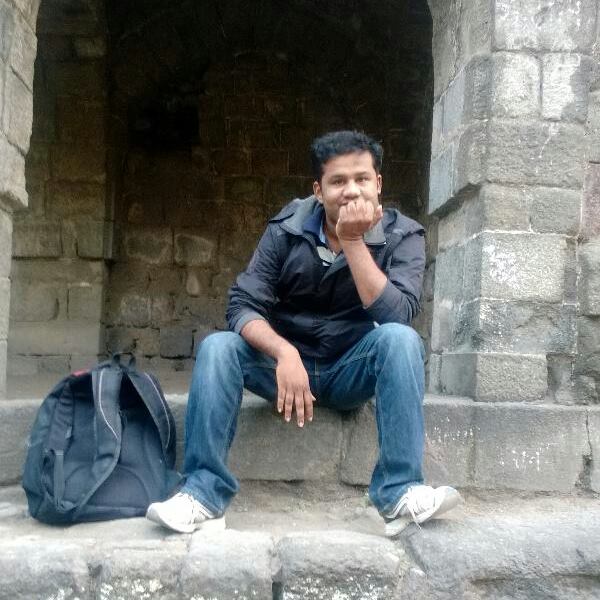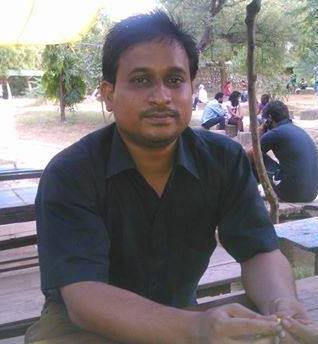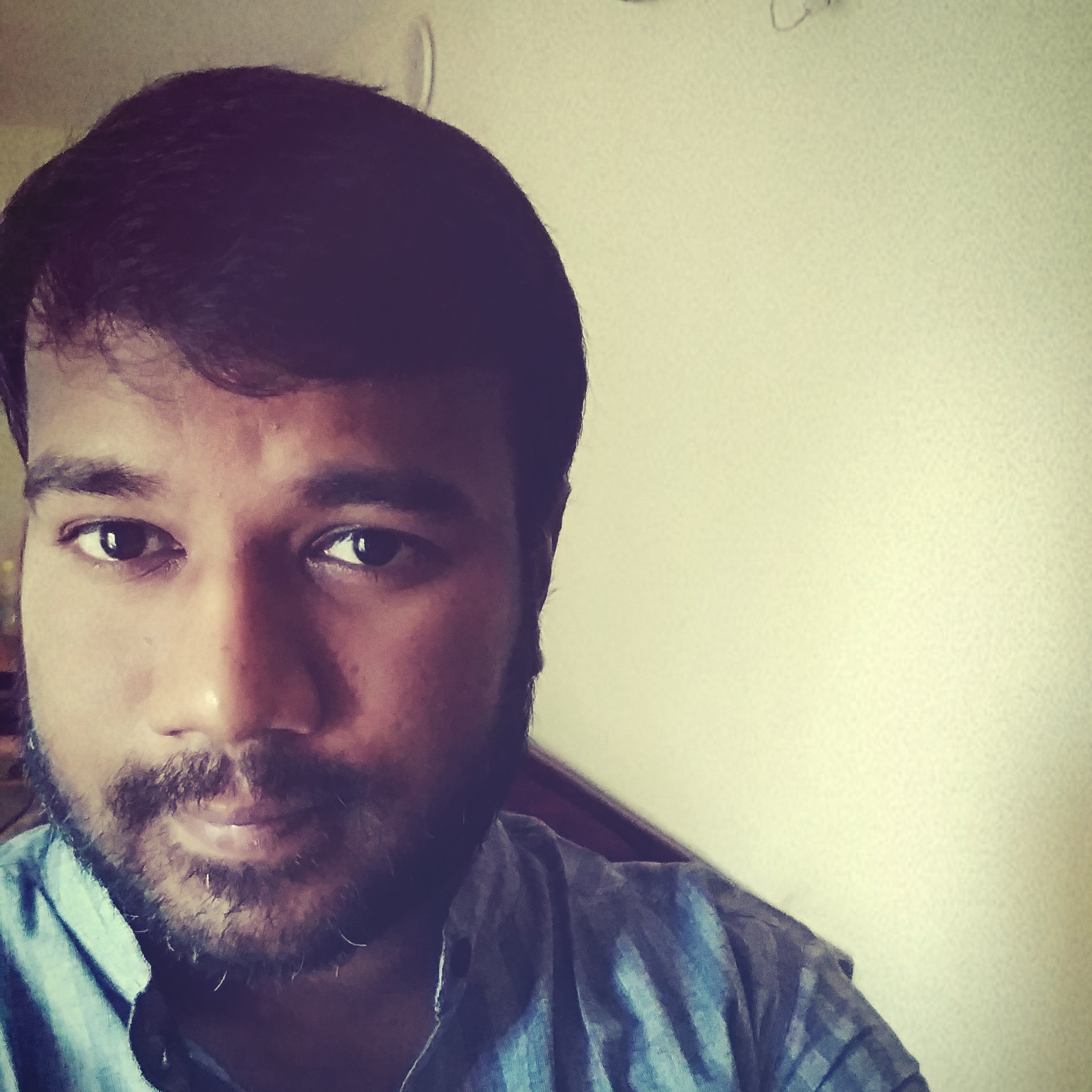Gaurav Somwanshi
 One of the grave problems with Indian academia, and the general discussions involving upper castes, has been that although we have had our share of Spivaks, Roys, Srinivases, Dipankar Guptas, Andre Beteilles and Gudavarthys, we’ve never really had any Peggy McIntosh. The one thing common among the former and latter is that they’re both a part of the dominant and oppressor camp, but the important difference is that while our Indian upper caste academics and mainstream authors focused their magnifying lenses to stereotype and reify entire oppressed communities, Peggy McIntosh on the other hand, being White, focused her attention on unpacking the huge baggage of White Privilege1. Thus, as a result of this deficiency, one can see that in the context of caste we don’t even recognize any concept of how privilege works but instead what we have produced are commonplace phrases such as ‘Brahmin-bashing’ (ब्राह्मण-द्वेष).
One of the grave problems with Indian academia, and the general discussions involving upper castes, has been that although we have had our share of Spivaks, Roys, Srinivases, Dipankar Guptas, Andre Beteilles and Gudavarthys, we’ve never really had any Peggy McIntosh. The one thing common among the former and latter is that they’re both a part of the dominant and oppressor camp, but the important difference is that while our Indian upper caste academics and mainstream authors focused their magnifying lenses to stereotype and reify entire oppressed communities, Peggy McIntosh on the other hand, being White, focused her attention on unpacking the huge baggage of White Privilege1. Thus, as a result of this deficiency, one can see that in the context of caste we don’t even recognize any concept of how privilege works but instead what we have produced are commonplace phrases such as ‘Brahmin-bashing’ (ब्राह्मण-द्वेष).
But what is casteism? Is it the mere inclusion of the ‘word’ caste in your minds? Is it the mere consideration of the ‘caste angle’? Can anyone, irrespective of their caste location, become a casteist if he/she so wishes? And is the held belief/wish the sole criteria for solving the entire caste riddle?
Caste is a structure. Caste is property, caste is our ancestral land-holdings, it’s our representation (or lack thereof) in the mainstream imagination, it’s the deciding factor in what gets to become mainstream. Caste is a permanent marker deciding whether you’re free to live as an individual or doomed to be seen as a representative of your community (with positive examples never denting the stereotype, but negative ones becoming icons of that caste). Caste decides whether the institutions, such as judiciary, media, journalism work for you or work against you, and of course, caste also decides whom we marry (or rather to be more precise, whom we can’t marry). Caste decides who gets to be socially included and who gets to be excluded, caste decides your social, economic, and cultural capital, and it decides whether you’ll get ‘pride’2 as a birthday gift as opposed to humiliations.
When one considers these things, it becomes clear that caste is not just a state of mind, it’s your very existence as an Indian. To be blissfully oblivious to it is also a perk of being an upper-caste, and to be daily reminded of it is a harmful aspect of caste if you’re a Dalit-bahujan.
Given these realities, the bigger threat of this century doesn’t seem to come from the openly blatant casteists or ‘sanatani’ folks, but comes from this new army of misguided and self-proclaimed liberal intellects who definitely belong to a distant (really distant) future where caste doesn’t exist (or more likely a parallel universe where it never existed). If anything, these new intellects are a compelling proof of the existence of a parallel universe. In any case, the traffic seems to be only one-way and we’re stuck with them.
Let us illustrate with an example. The idea of Aryan supremacy was brought forth by upper castes, and if you’re in Pune go to ABC (Appa Balwant Chowk) and grab a copy of “Arctic Home in the Vedas” by Tilak and see how the idea of Aryan supremacy was articulated by him at a time when Hitler was less than 5 years old3. He isn’t remembered for that though. But there’s been this constant thrust that the upper castes are a foreign race who dominated and defeated the natives on account of being superior, and as Nehru says in his ‘The Discovery of India’, they implemented a ‘peaceful solution’4 by not killing the natives and implementing the neat caste system. But no one remembers Nehru for this either. Nehru’s ‘The Discovery of India’5 is a tome of casteist, or at best caste-apologetic, writing that also proclaims Brahmin supremacy but we’ll celebrate it with a 53-episode TV series broadcast on Doordarshan.
But when some people among the Dalit-bahujans merely ‘inverted’ the idea and came forth with the “mulnivasi” concept, all of us started ridiculing entire communities for being ‘xenophobic’. Forget for a while the whole ‘foreign/native’ supremacy thing, because as I said at the beginning it’s not just about ideas, and think on how these narratives have developed. Who got the immunity and who got the undeserving punishment? Was it not the same idea, basically (wrong or right, doesn’t matter for now)?
Then how can caste be just about ideas? How can we exclude the storyteller from the story being told?
To take the previous line in a more literal sense, in his book “Brahmanya” Dr Sharankumar Limbale has brilliantly critiqued how the Brahmin and savarna authors and playwrights have used fiction and plays with Dalit characters to engrave the negative stereotypes about Dalits, and all the while these upper caste authors kept requesting readers to “not see my caste”, like the Marathi novelist Madhu Karnik did when he wrote ‘Bhakari ani phool’, or when the celebrity of the Marathi upper caste liberals, Vijay Tendulkar, wrote his highly casteist piece ‘Kanyadaan’ (and won awards for it)6.

This doesn’t mean that there can’t be any inter-community engagement but that is never the debate, and that can never be the debate, because it is just one side that is dominating all the journals, media, hoarding up all the grants and funds and perks, etc. So before you ask me “so are you saying that the Brahmins/savarnas should never write about dalits?” Please know that this question doesn’t relate to the reality of this particular universe, and we should instead be asking “why is it that only and only the savarnas dominate every discourse?” This was precisely the question put forth to Arundhati Roy by Dalit Camera – that has she ‘taken the trouble’ of also being critical of the privileges that she is a part of (that enabled her to squat upon the minority spaces, in the first place)? To which, she replied that there’s no such thing as an ‘authentic’ victim and that it’s only about ideas and it’s only by her ‘merit’ that she is justifying her spot ahead of Babasaheb Ambedkar’s seminal piece7.
But no, it’s not just about ideas, because we’re dealing with things that decide what we eat, how much and what all we own, whom we marry and everything else. Even our best savarna intellects fail to see this distinction. Nowadays, from academic journals to facebook forums, the only time the upper-castes will utter the word ‘Brahmin’ or ‘Savarna’ is when they write a sentence like “Casteism is not done just by Brahmins and Savarnas, but also by every single person from any caste or community who ‘think’ that way”. But a Dalit’s prejudice against savarnas, if at all it’s there (and it can only be reactive), can only end up being a prejudice that at the most might annoy the upper castes and only put the Dalit to further disadvantage, while the same discriminatory idea when held by an upper caste individual, with his/her positions, power and privilege, ends up dictating the life of the oppressed community. This allows them further opportunities to appropriate/exploit, whether knowingly or unknowingly. That’s why we must stop throwing seemingly good ideas like ‘free speech’, ‘blindness to caste factor’,and equality in the sense of ‘youth for equality’, like blankets upon ‘everyone’. As Anatole France said, “The law, in its majestic equality, forbids the rich as well as the poor to sleep under bridges, to beg in the streets, and to steal bread.”
But in our current discourses involving upper castes, the orthodox upper caste individual will retain the ‘caste=reservations’ discourse in his/her talk and won’t acknowledge any other role of caste, and his ‘progressive’ cousin might go a bit ‘ahead’ with ‘caste=Dalit atrocities’ but leave it at that. Again, caste is a structure that includes “everyone” whether you asked for the ride or not, and exploitation can’t exist without the exploiter, oppression can’t exist without someone getting undue privilege, and there can’t be “marginalisation” if there isn’t some community already squatting over and hoarding finite resources, and there wouldn’t have been a subaltern if our ‘mainstream’ wasn’t so bloody casteist in the first place. So let us be aware, whenever we find our discussions and engagements divorced from the very structures within which the ideas themselves live or die, and let us not commit the grave mistake of making caste all and only about ‘untouchability’ and ‘atrocities’ while neglecting the grand factory itself which generates these products. Let us analyse the podium and not just the speech. Let us never hesitate to interrogate the storyteller along with the story.
~
Notes
[1]. “White Privilege and Male Privilege: A Personal Account of Coming To See Correspondences through Work in Women’s Studies” (1988), by Peggy McIntosh. An excerpt:
https://www.isr.umich.edu/home/diversity/resources/white-privilege.pdf
[2]. An article related to ‘caste pride’ in reference to Rajdeep Sardesai’s remarks on “GSB pride” (Goud Saraswat Brahman)
‘Sardesai, Caste Pride, and TheKalyug of Inverted Logic’, by Gaurav Somwanshi. Accessed on 4/4/2015.
Accessed at: http://roundtableindia.co.in/index.php?option=com_content&view=article&id=7832:sardesai-caste-pride-and-the-kalyug-of-inverted-logic&catid=119:feature&Itemid=132
[3]. Two excerpts from Tilak’s own book:
“There are many passages in the Rig-Veda, which, though hitherto looked upon as obscure and unintelligible, do, when interpreted in the light of recent scientific researches, plainly disclose the polar attribute of the Vedic deities, or the traces of an ancient arctic calendar”
“The very fact that after compulsory dispersion from their mother-land, the surviving Aryans, despite the fragmentary civilisation they carried with them, were able to establish their supremacy over the races they came across in their migrations form the original home at the beginning of the post-Glacialperiod, and that they succeeded by conquest of assimilation, or by Aryanising the latter in language, thought and religion under circumstances which could not be expected to be favourable to them, is enough to prove that the original Aryan must have been of a type far higher than that of the non-Aryan races, or than the one found among the Aryan races that migrated southward after the destruction of their home by the Ice Age.”
B. G. Tilak, “The Arctic Home in the Vedas”, first published in 1903, Ti!ak Bros, Poona, 1970, p. ix.
[4]. Excerpt:
“Thus at a time when it was customary of the conquerors to exterminate or enslave the conquered races, caste enabled a more peaceful solution which fitted in with the growing specialization of functions.”
Nehru, Jawaharlal: ‘The Discovery of India’, first published in 1946 by Signet Press, Calcutta.
Free online copy: http://archive.org/stream/DiscoveryOfIndia/TheDiscoveryOfIndia-jawaharlalNehru_djvu.txt
[5]. Excerpts from Nehru’s ‘The Discovery of India’:
“Yet they [the Brahmins] have largely retained the esteem of the public, not because of temporal power or possession of money, but because they have produced a remarkable succession of men of intelligence, and their record of public service and personal sacrifice for the public good has been a notable one.”
“Sir George Birdwood has said somewhere: ‘So long as the Hindus hold to the caste system, India will be India; but from the day they break from it, there will be no more India. That glorious peninsula will be degraded to the position of a bitter “East End” of the Anglo-Saxon Empire.’ With caste or without it, we have long been degraded to that position in the British Empire; and, in any event, whatever our future position is likely to be, it will not be confined within the bounds of that empire. But there is some truth in what Sir George Birdwood said, though probably he did not look at it from this point of view. The break-up of a huge and long standing social organization may well lead to a complete disruption of social life, resulting in absence of cohesion, mass suffering and the development on a vast scale of abnormalities in individual behaviour, unless some other social structure, more suited to the times and to the genius of the people, takes its place.”
Nehru, Jawaharlal: ‘The Discovery of India’, first published in 1946 by Signet Press, Calcutta.
Free online copy: http://archive.org/stream/DiscoveryOfIndia/TheDiscoveryOfIndia-jawaharlalNehru_djvu.txt
[6]. Limbale, Sharankumar: ‘Brahmanya’, Dilipraj Prakashan
Limbale, Sharankumar: ‘Vaadang’, Dilipraj Prakashan
[7]. ‘Arundhati Roy replies to Dalit Camera’. Accessed on: 4/4/2015. Accessed at: http://roundtableindia.co.in/index.php?option=com_content&view=article&id=7284:arundhati-roy-replies-to-dalit-camera&catid=119&Itemid=132
For a follow up on the Roy-Navayana critique:
Accessed on: 4/4/2015. Accessed at: http://roundtableindia.co.in/index.php?option=com_content&view=article&id=7776:roy-navayana-project-the-critique-so-far&catid=119:feature&Itemid=132
~~~
Gaurav Somwanshi, an alumnus of IIM Lucknow, is currently preparing for civil services examinations.
Cartoon by Unnamati Syama Sundar.










